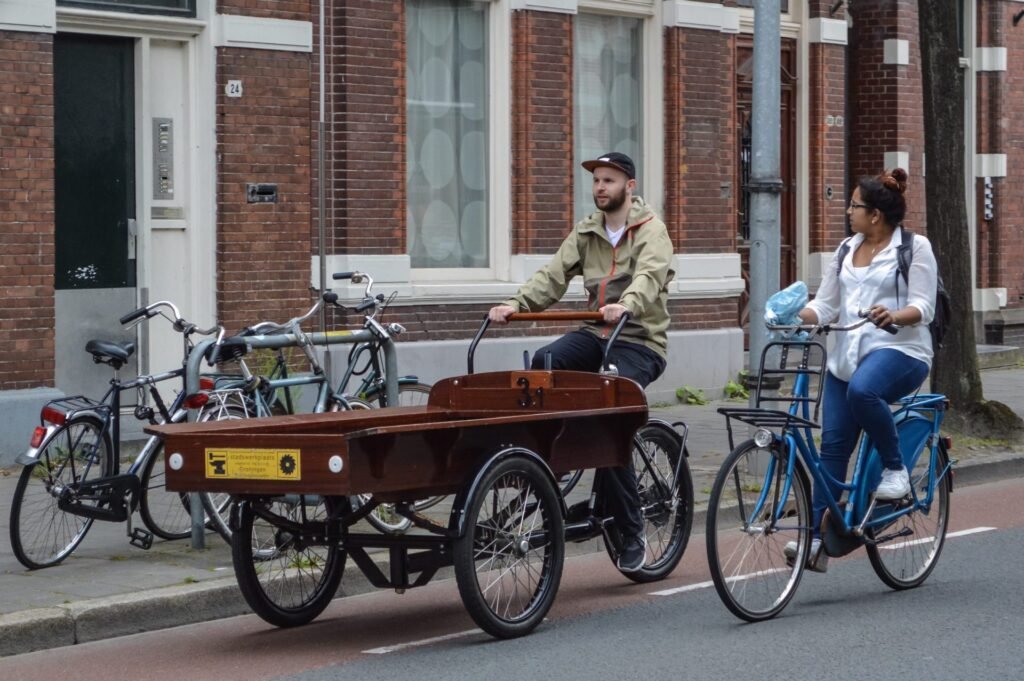Tracking Europe’s zero-emission zones
Zero-emission zones are transforming European cities.
This page holds the latest information on where zero-emission zones are being introduced and what impacts they have.
What is a zero-emission zone?
Zero-emission zones (ZEZs) are designated areas where, over time, only zero-emission vehicles – alongside walking and cycling – are allowed. Polluting vehicles are gradually phased out.
For Clean Cities, zero-emission zones (ZEZs) are a key policy towards creating ‘Living Districts’ – people-first urban areas that bring communities and businesses together. The goal is calmer, more connected streets where residents can thrive, businesses can prosper and deliveries can run smoothly.
Zero-emission zones help cities:
- Cut harmful air pollutants and greenhouse gases
- Encourage sustainable transport like electric vehicles, walking and cycling
- Create quieter, safer and more attractive streets that boost local life and business
These zones are becoming increasingly common across Europe, helping cities shift towards clean, people-friendly transport.
The benefits of zero-emission zones
cleaner air
Reduced greenhouse gas emissions
Quieter, more liveable streets
Zero-emission zones across Europe
Cities are taking the lead in introducing zero-emission zones across Europe. Use the map below to see where these zones exist today and where they are planned 👇
Highlights from across europe 👇
18 cities in the Netherlands have introduced zero-emission zones, with a focus on urban logistics.
Denmark and Sweden have national frameworks allowing cities to set up ZEZs, and Norway is preparing a proposal.
Oxford introduced a zero-emission zone pilot in 2022, and Stockholm and Copenhagen are set to launch their zones in the coming years.
Altogether, 33 cities across Europe have committed to introducing ZEZs
by the 2030s.
Latest news
Stay up to date with developments in zero-emission zones across Europe.
Latest research
Explore research and insights on how cities can move towards zero-emission transport.
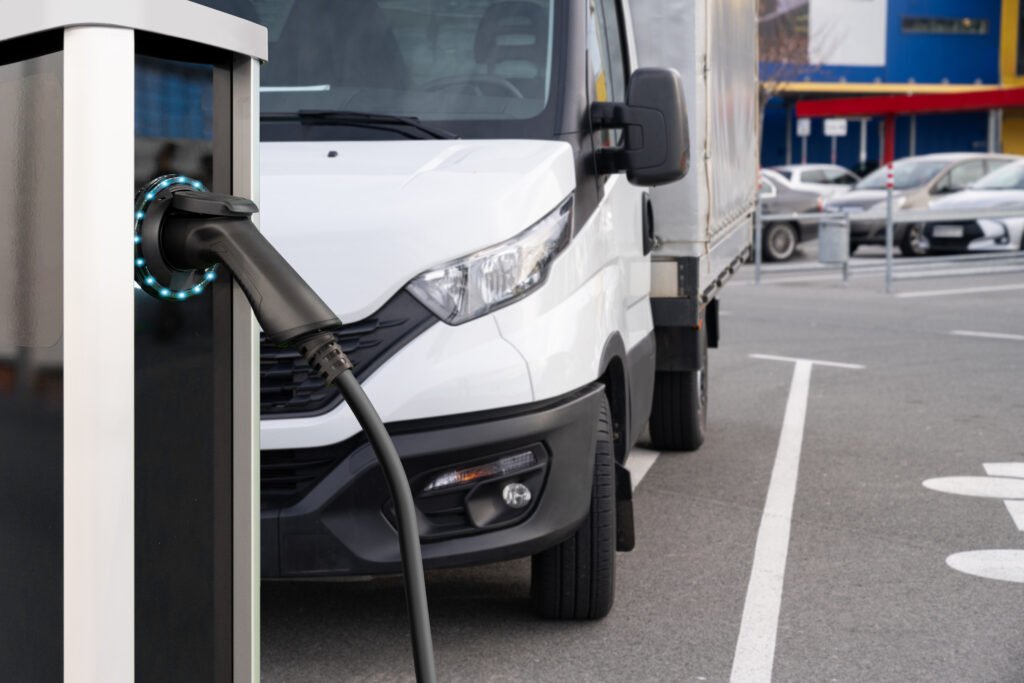
Early evidence from Dutch zero-emission zones for freight
ZEZ-F are driving a rapid shift to electric vans and trucks, offering a blueprint for cleaner, quieter, and healthier urban freight across Europe.
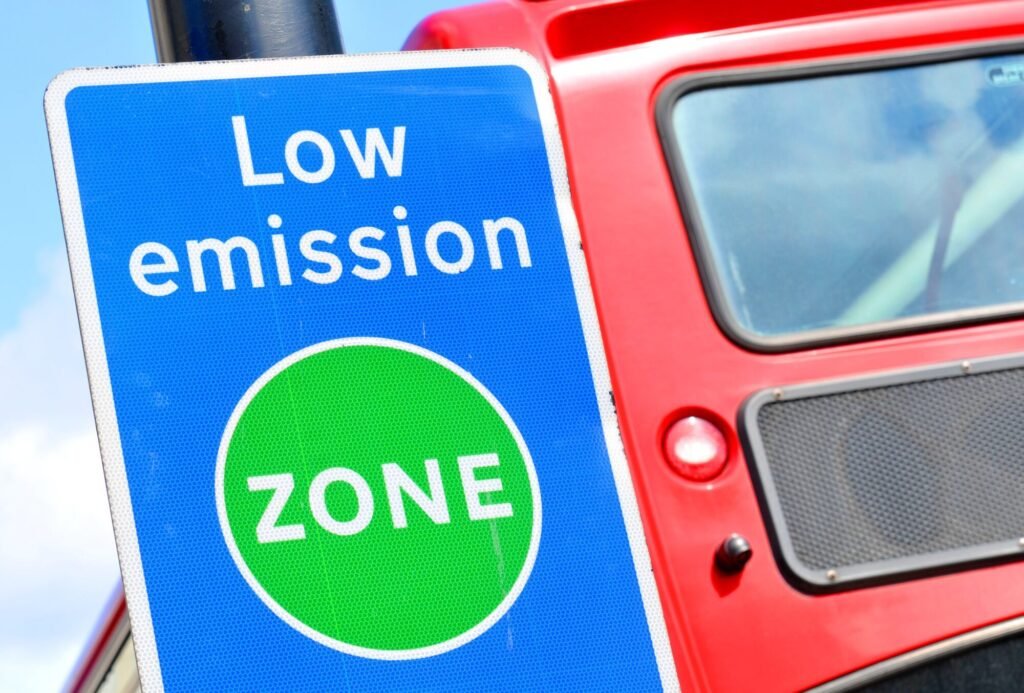
Low- and zero-emission zones and social equity
The study reviews financial support measures to help people and businesses adopt low- or zero-emission vehicles within these zones.
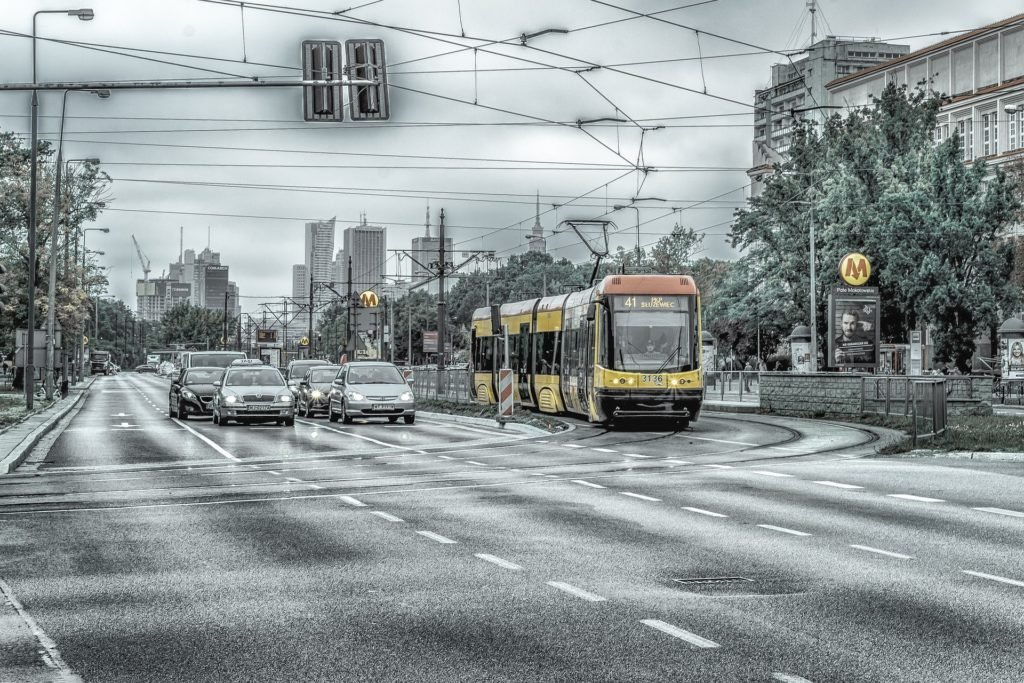
(E)Mission:
Zero
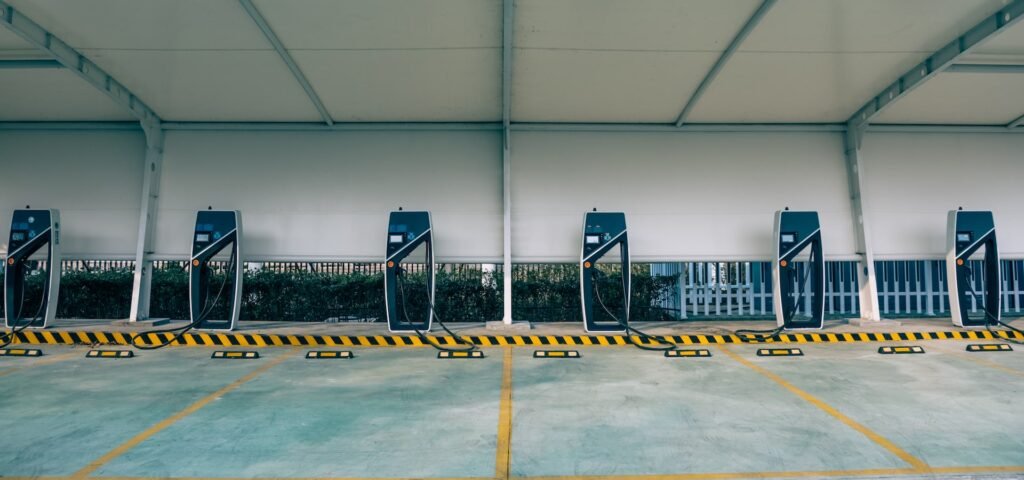
Zero-Emission Zones: Don’t wait to start with freight!

The pioneers of zero-emission logistics in European cities
